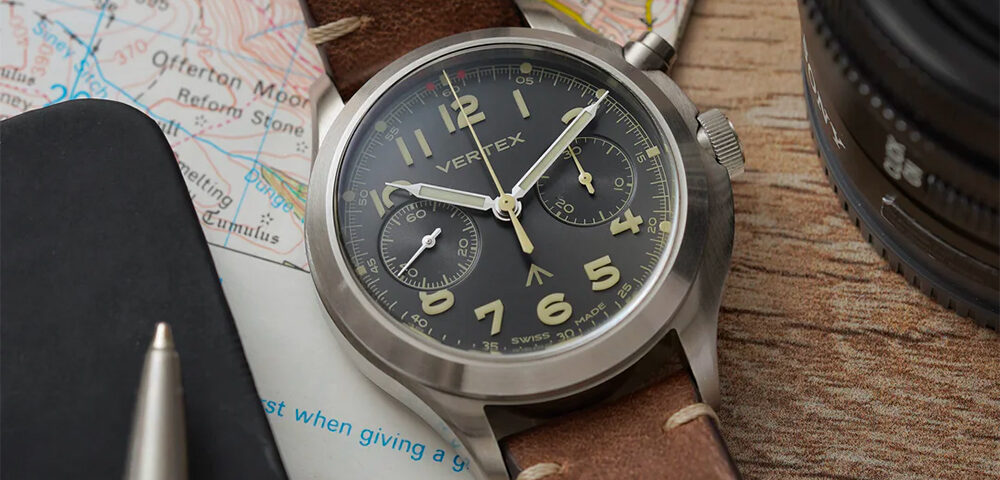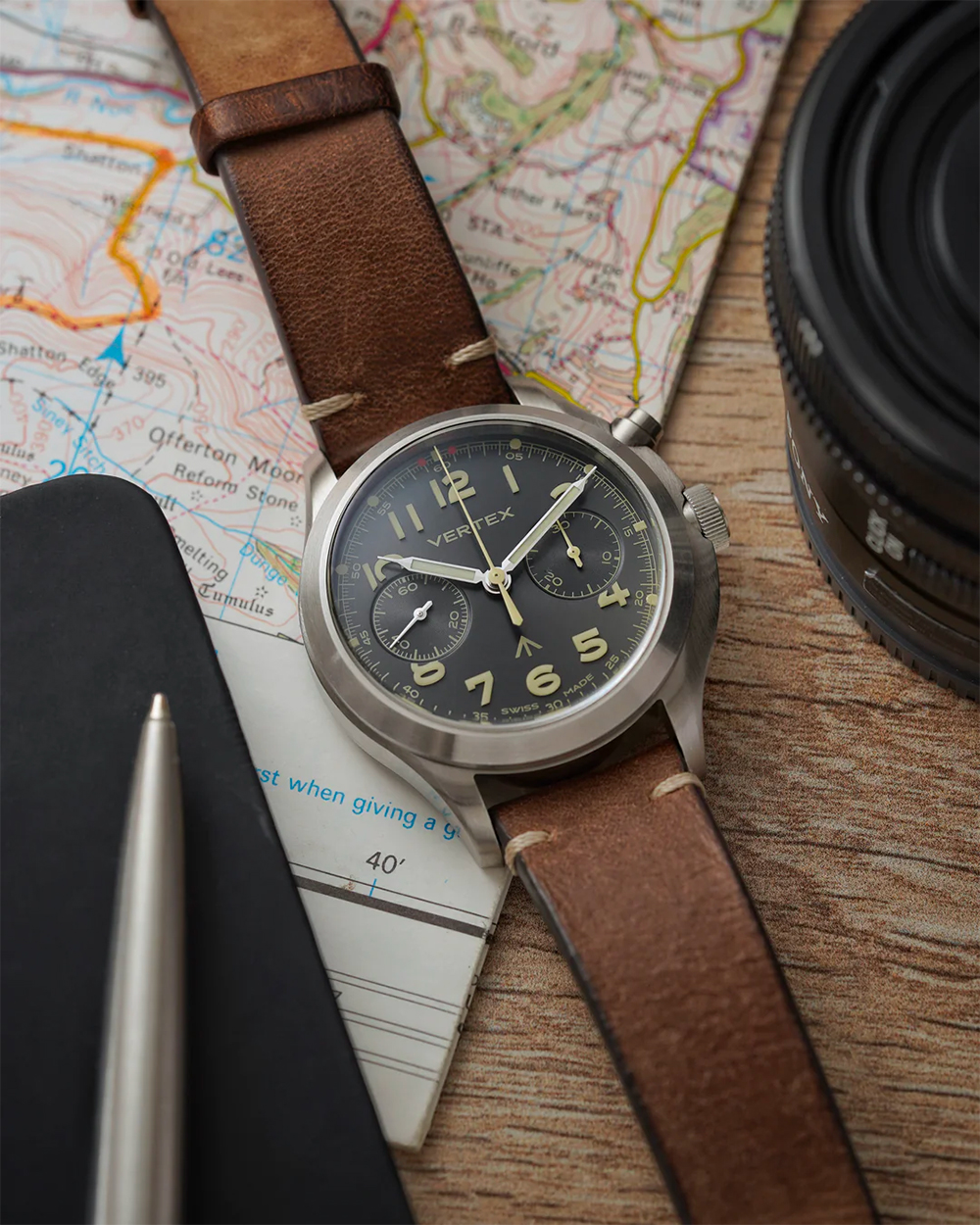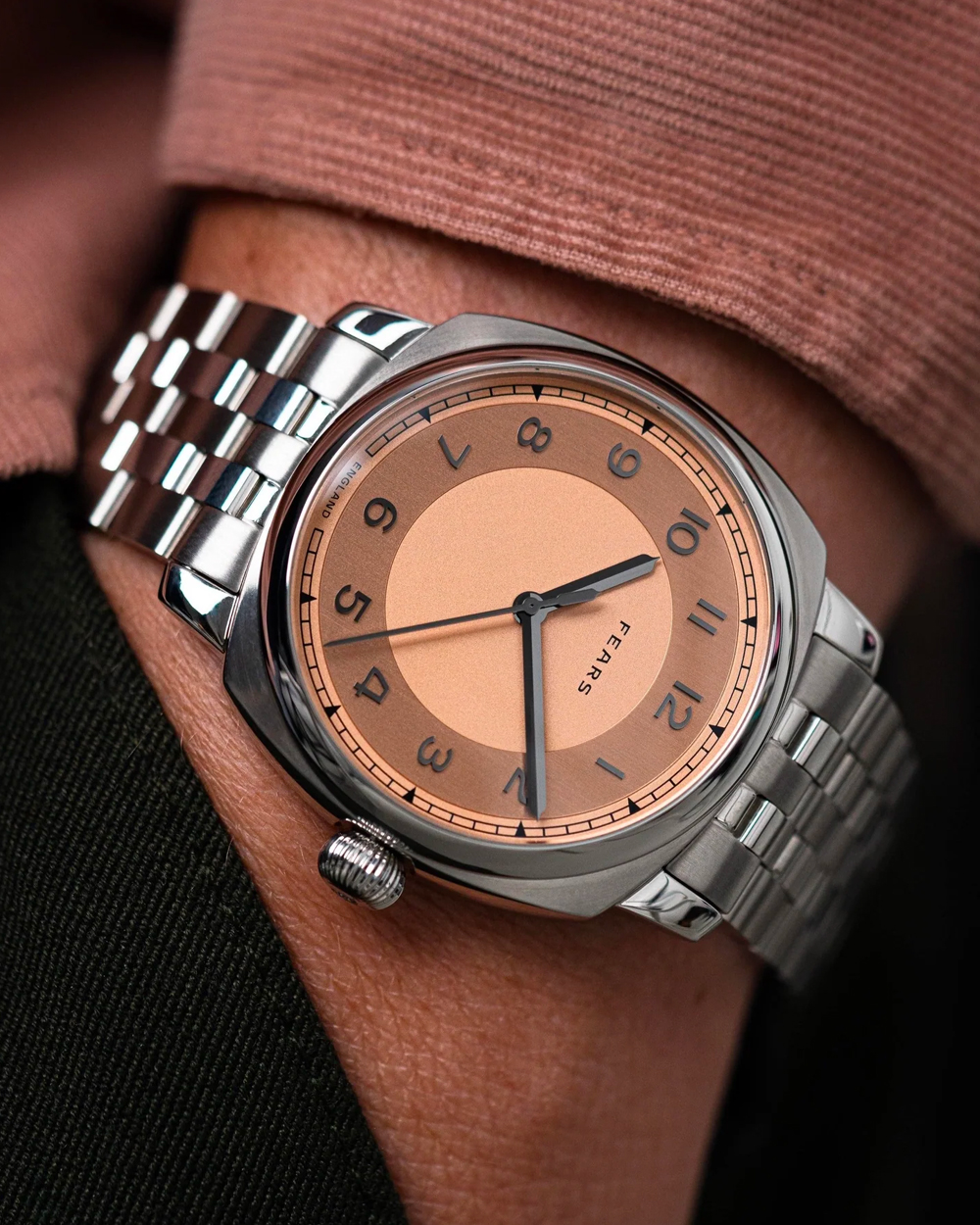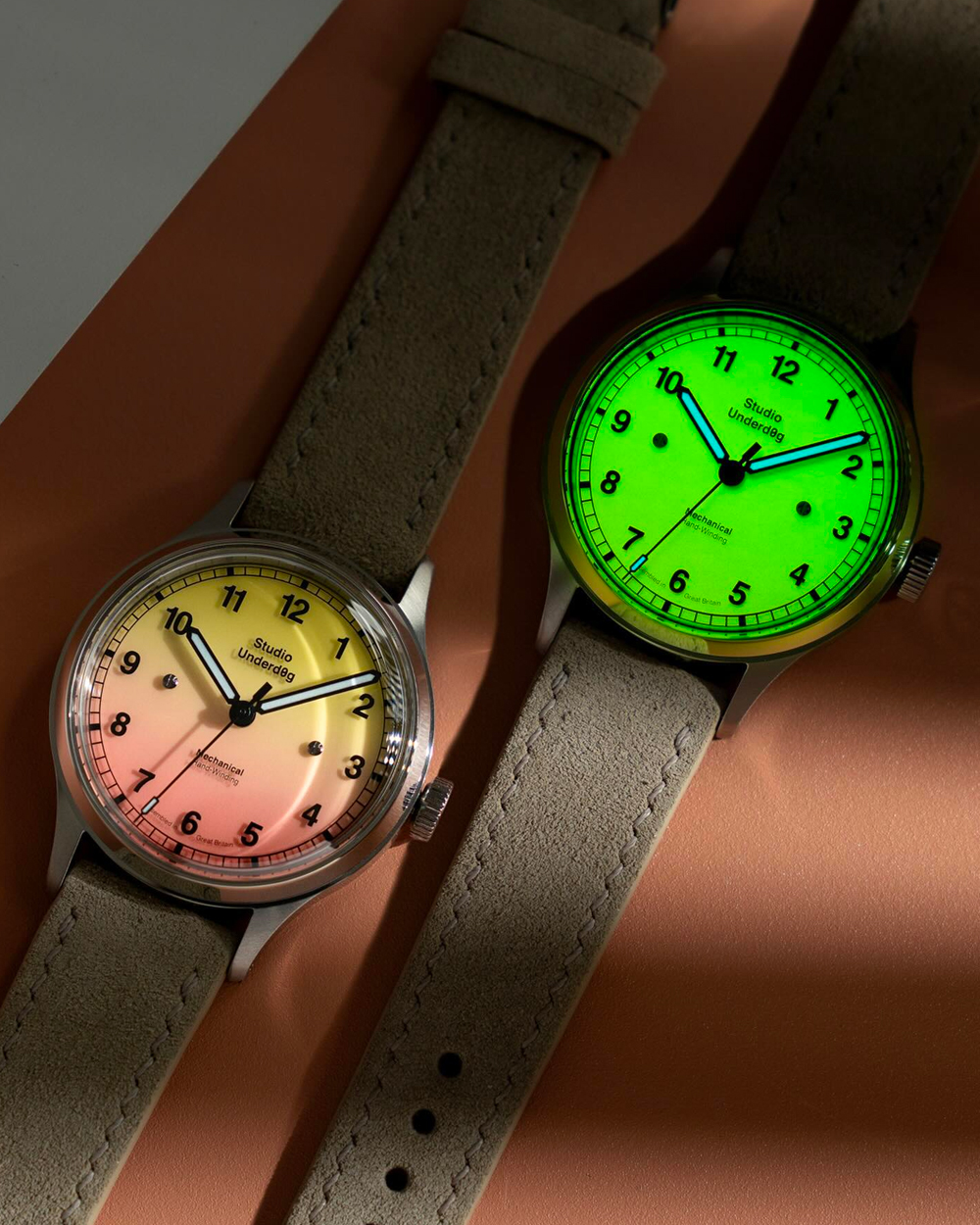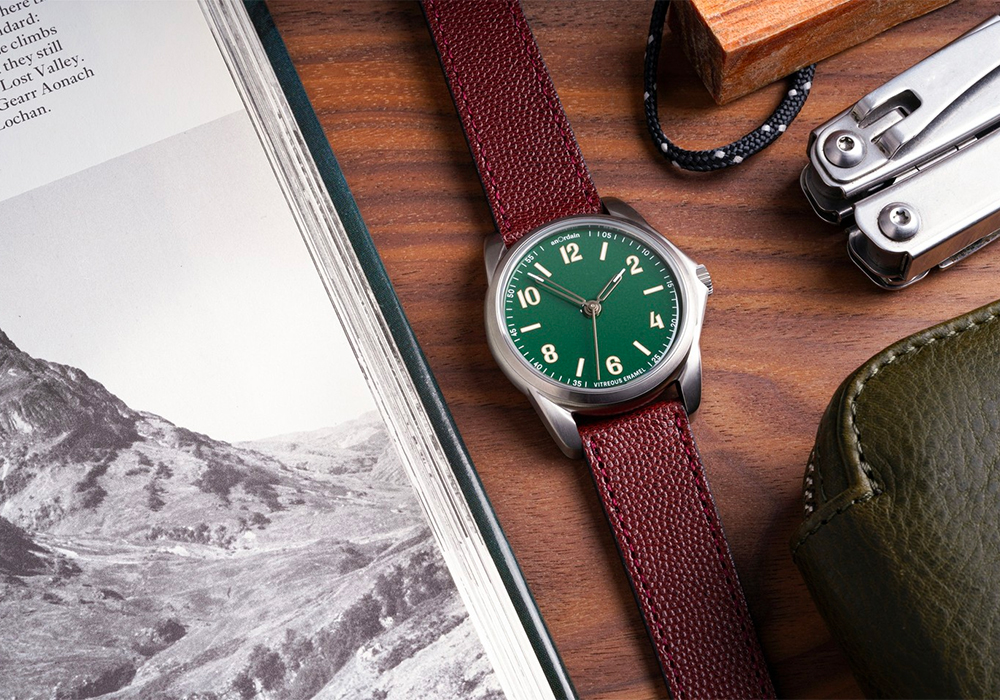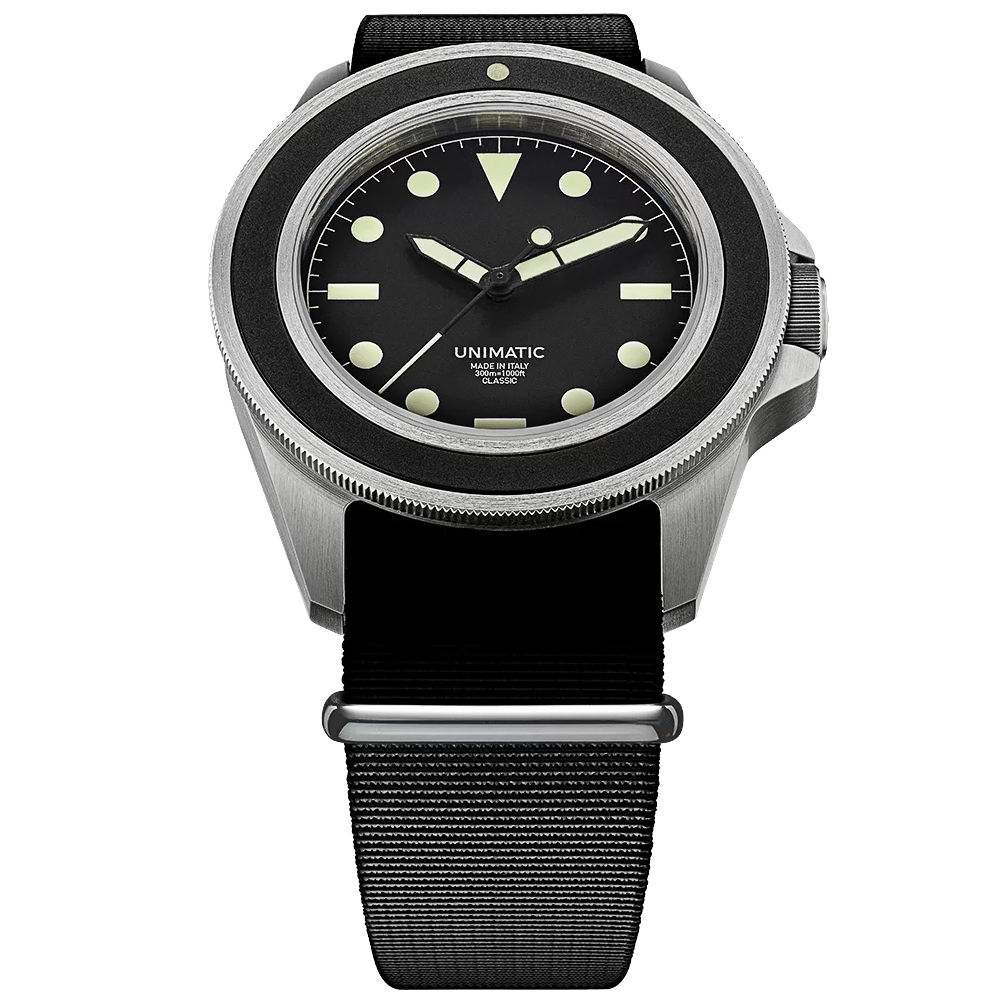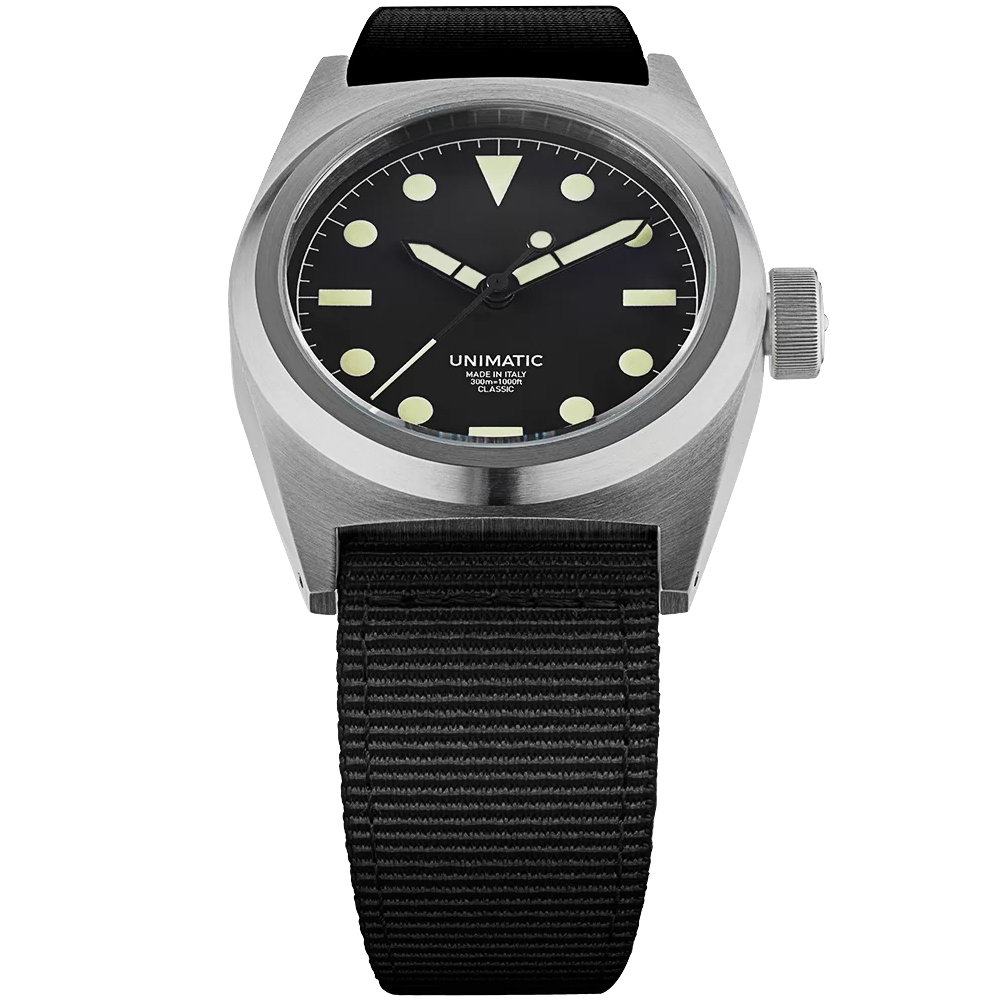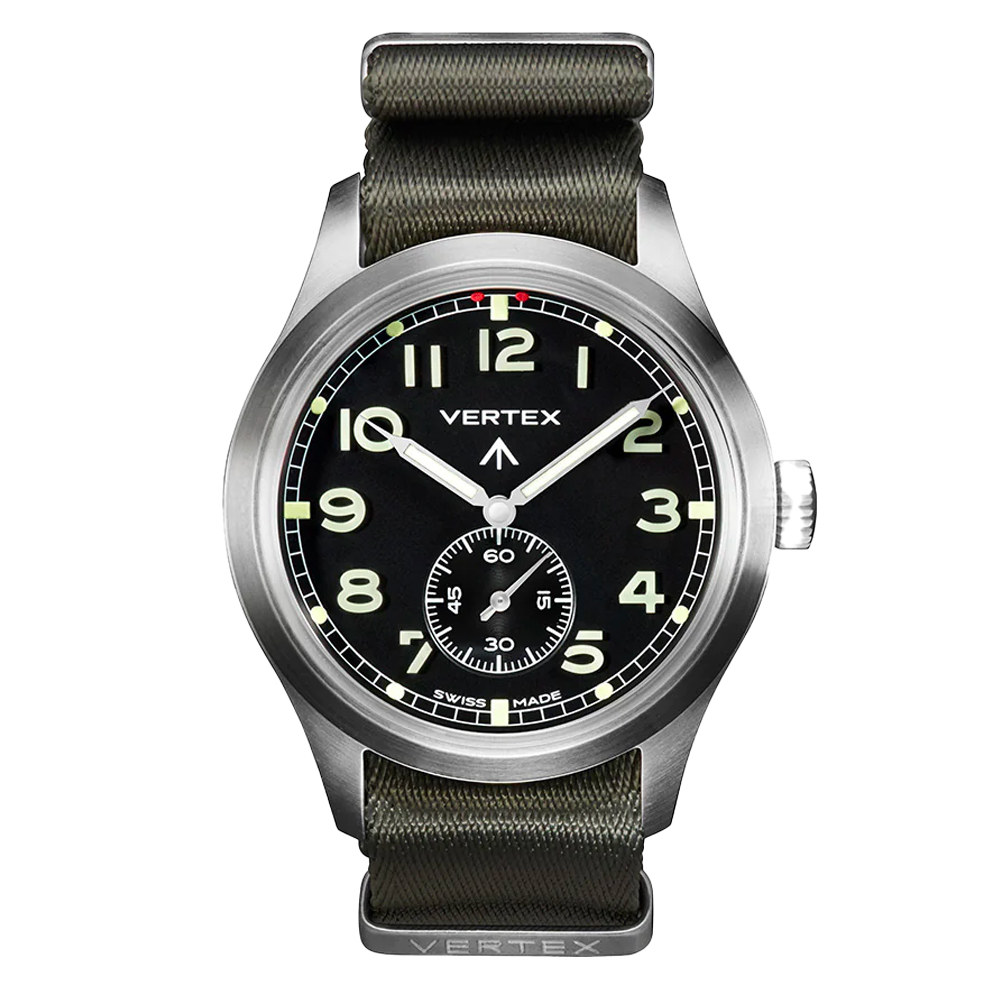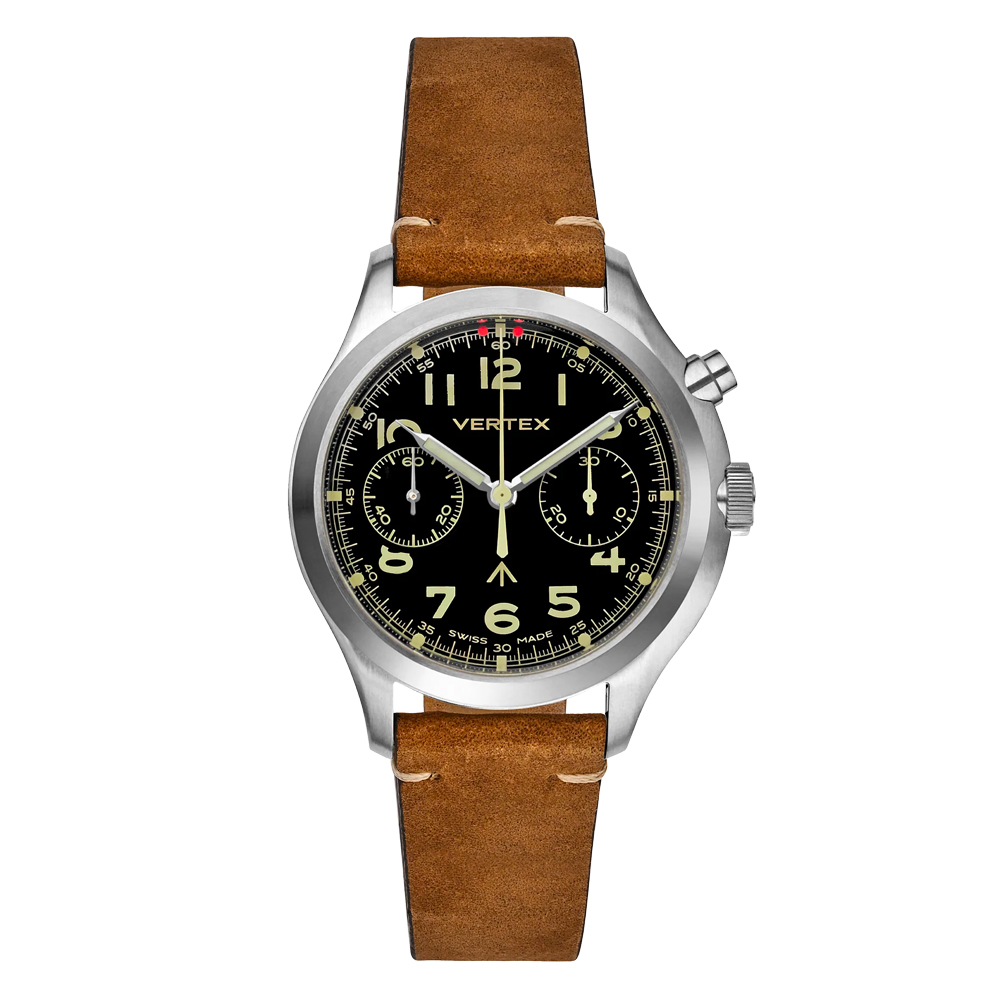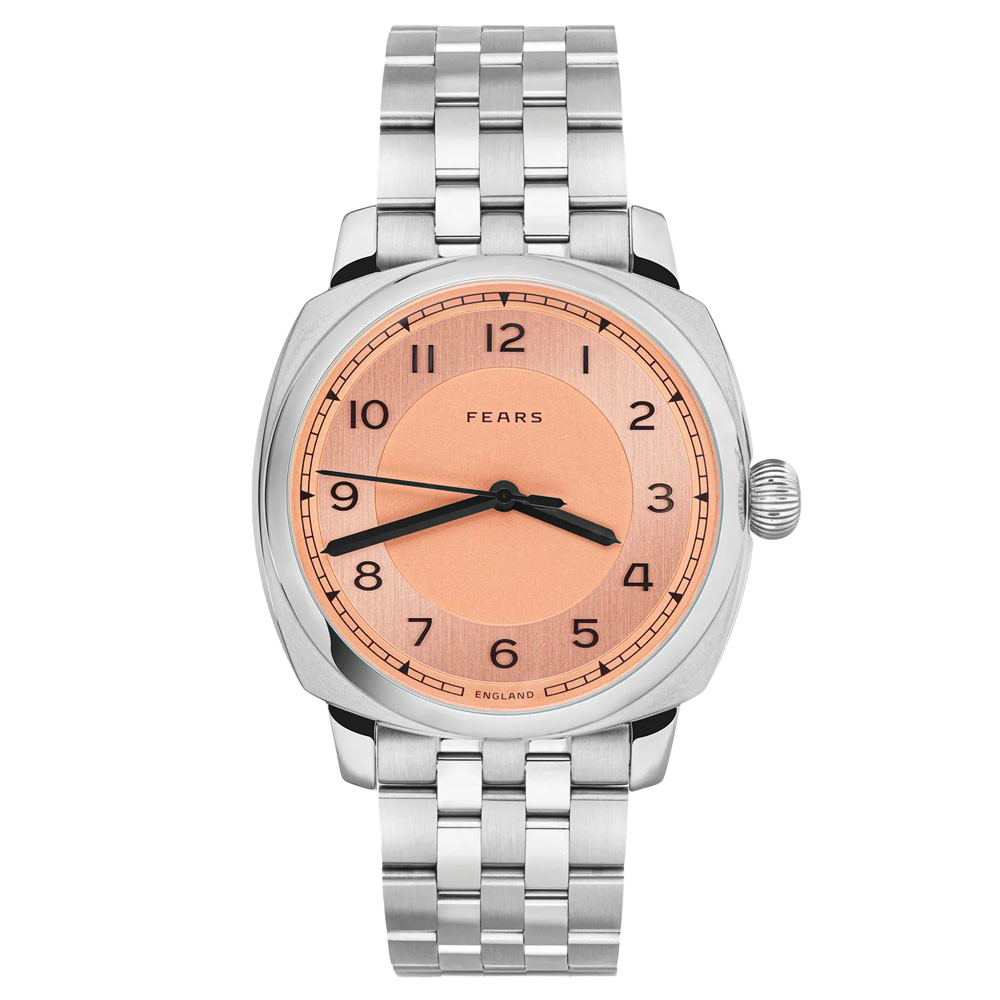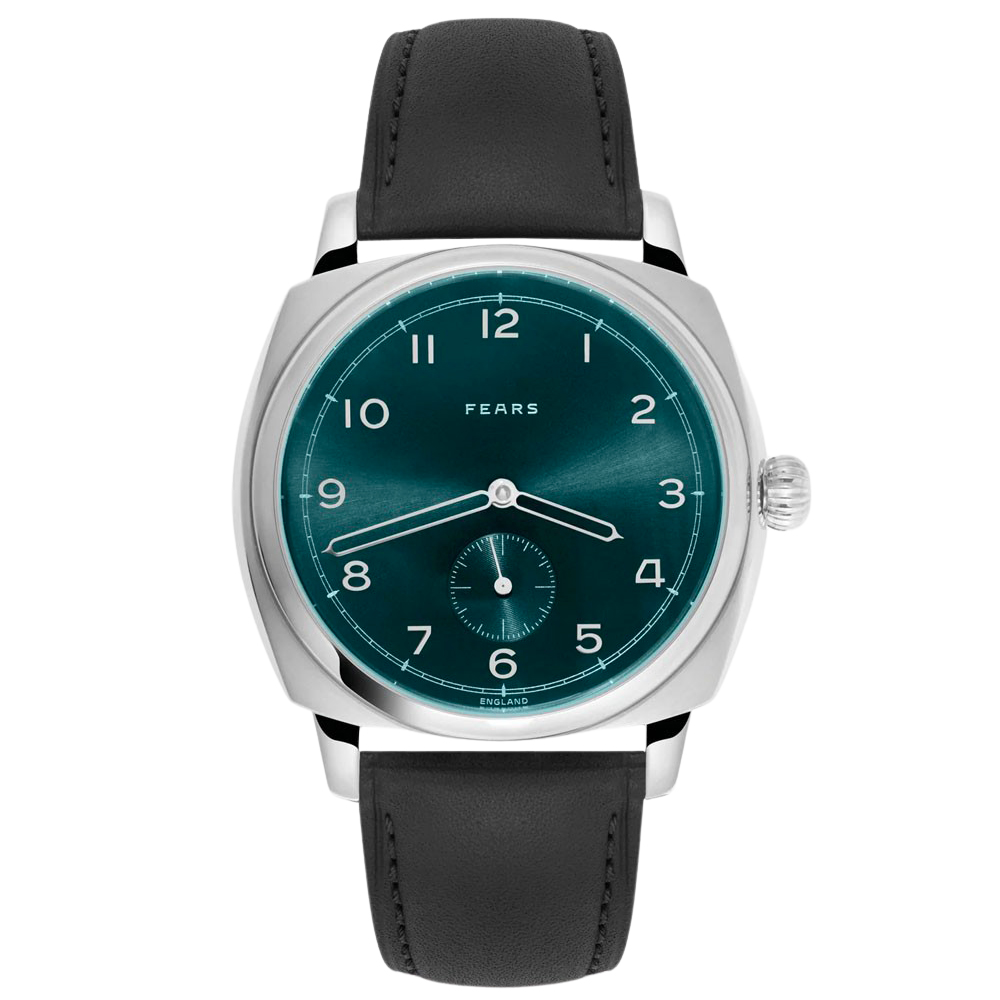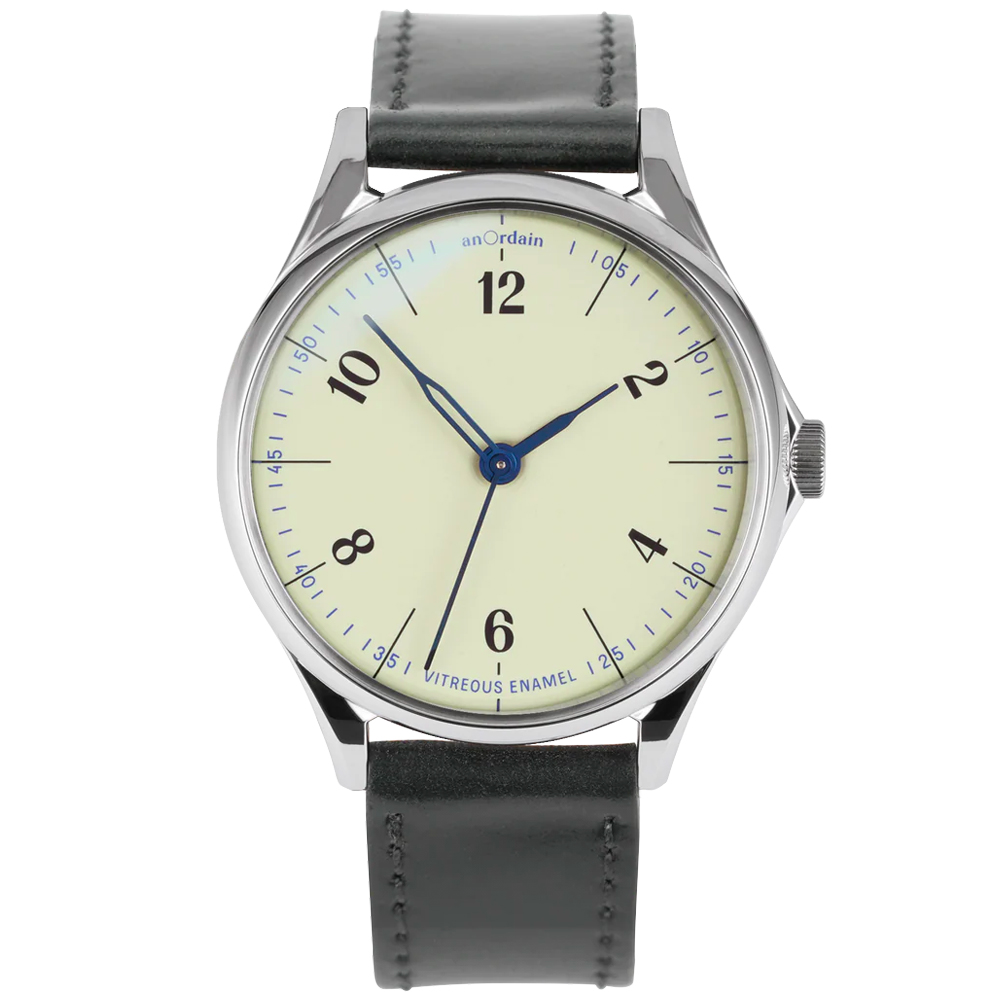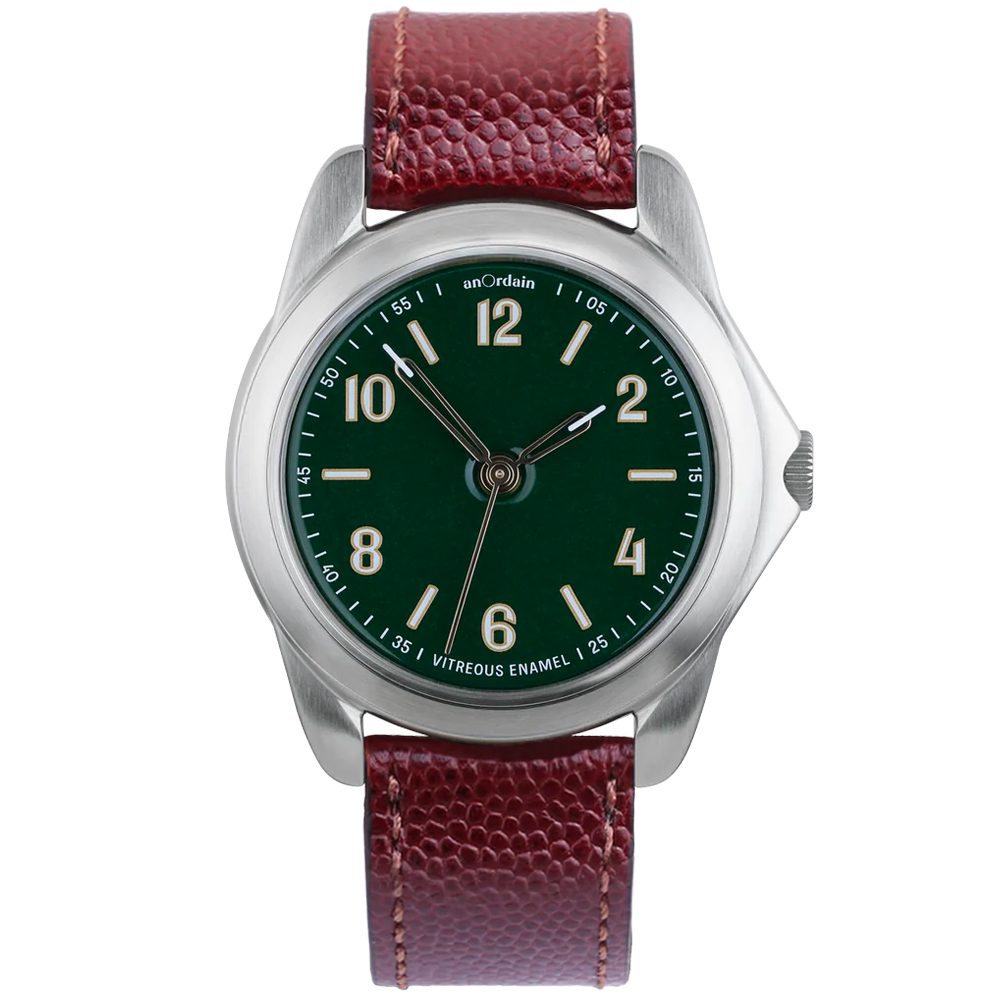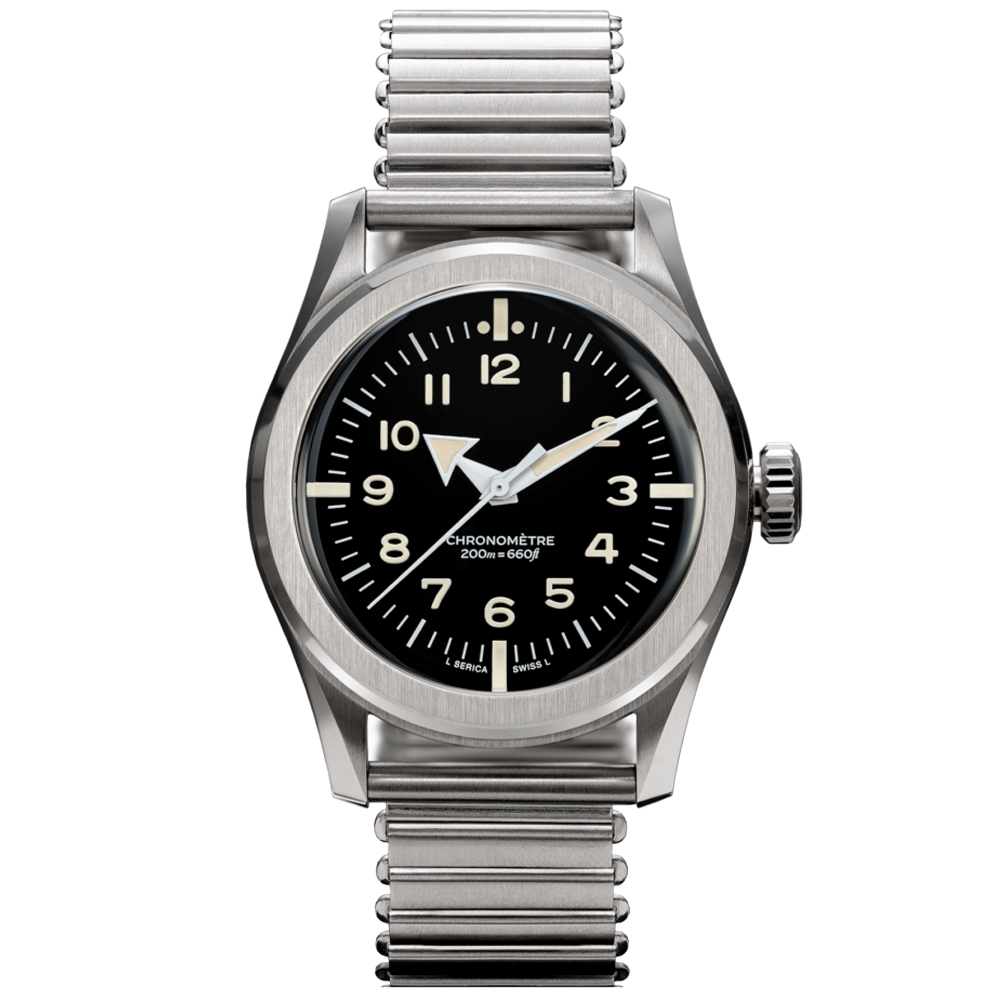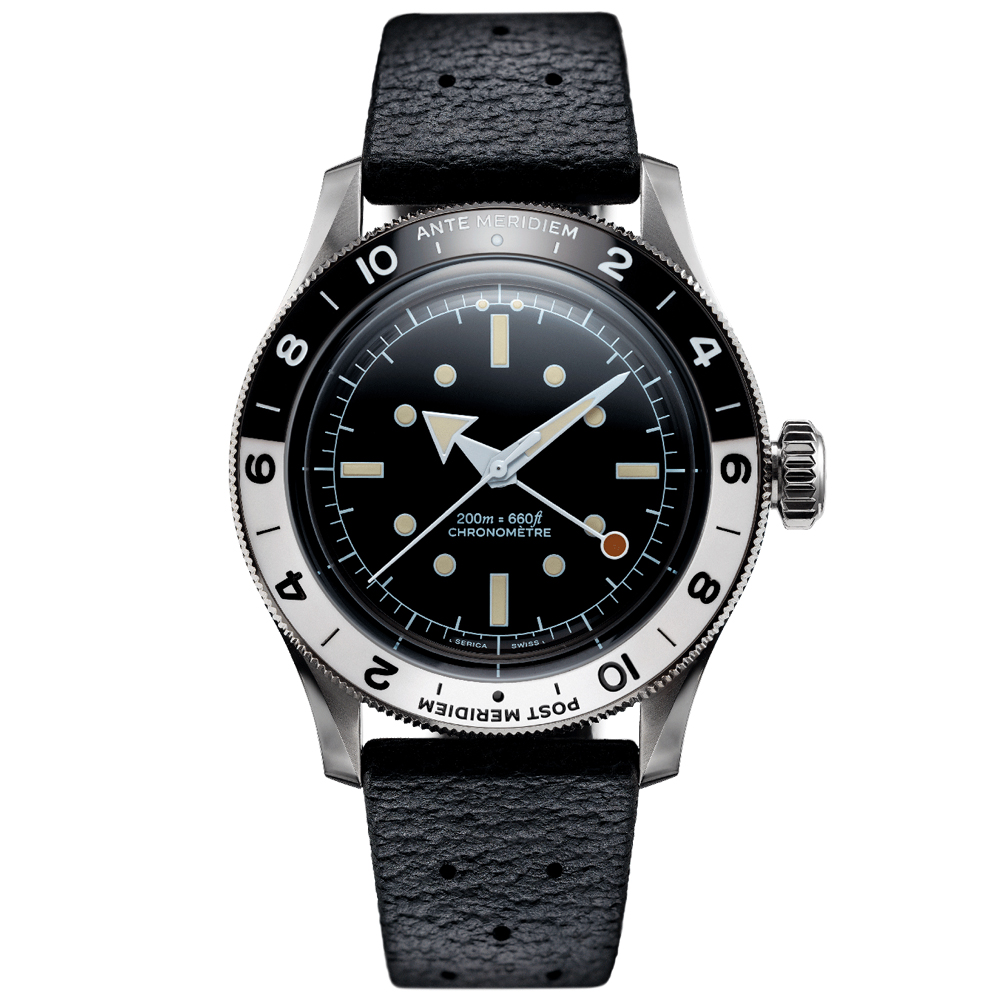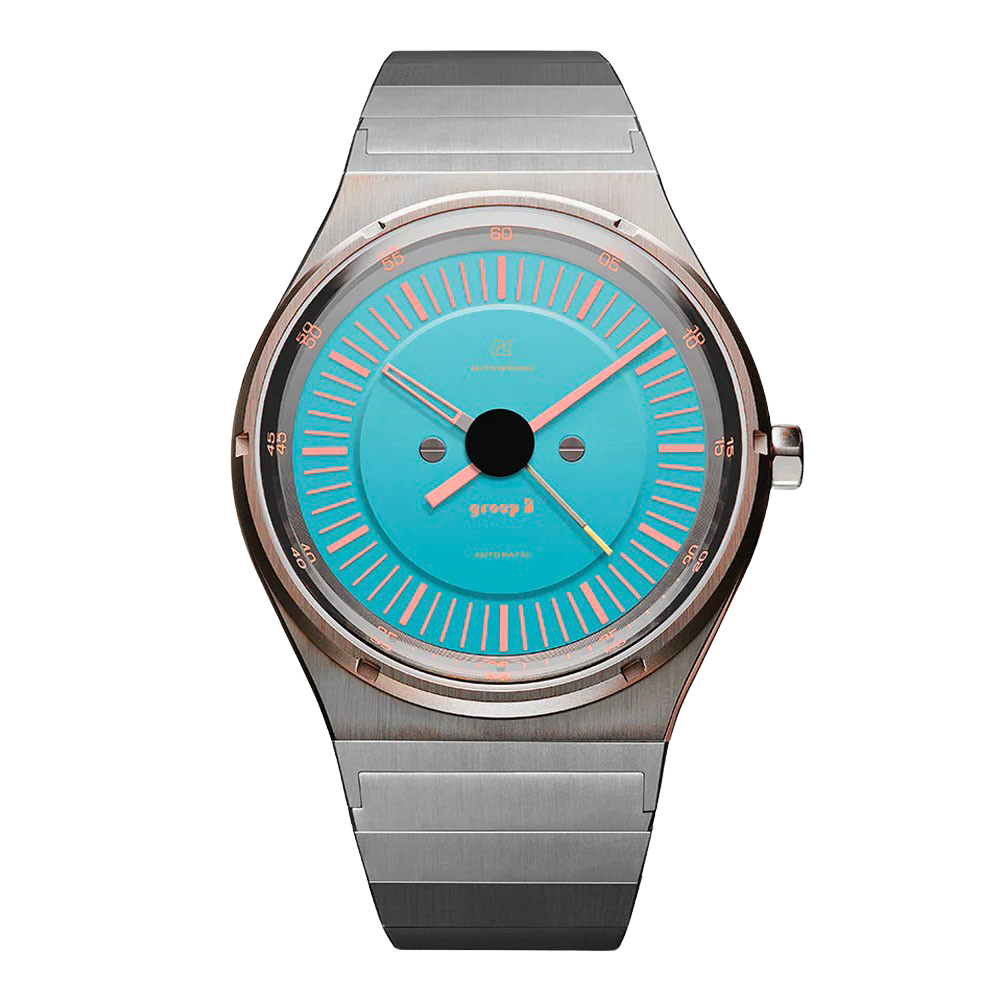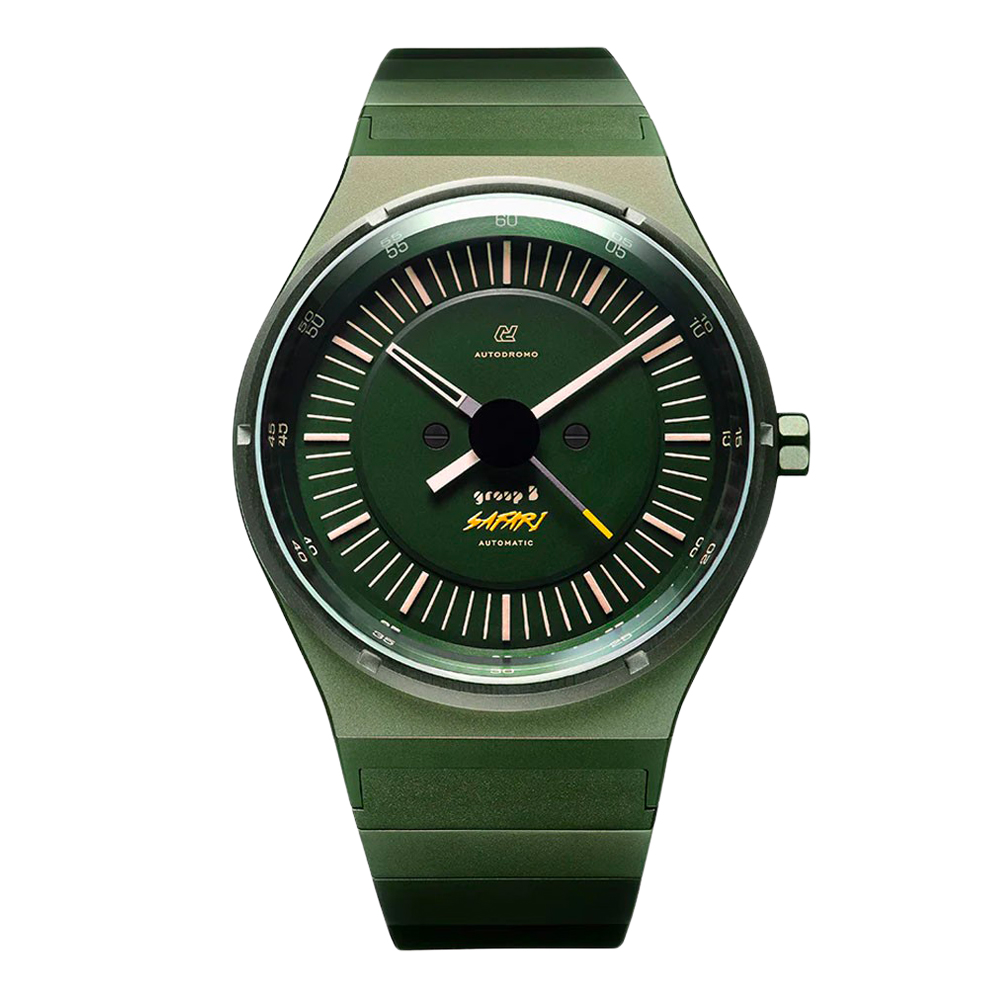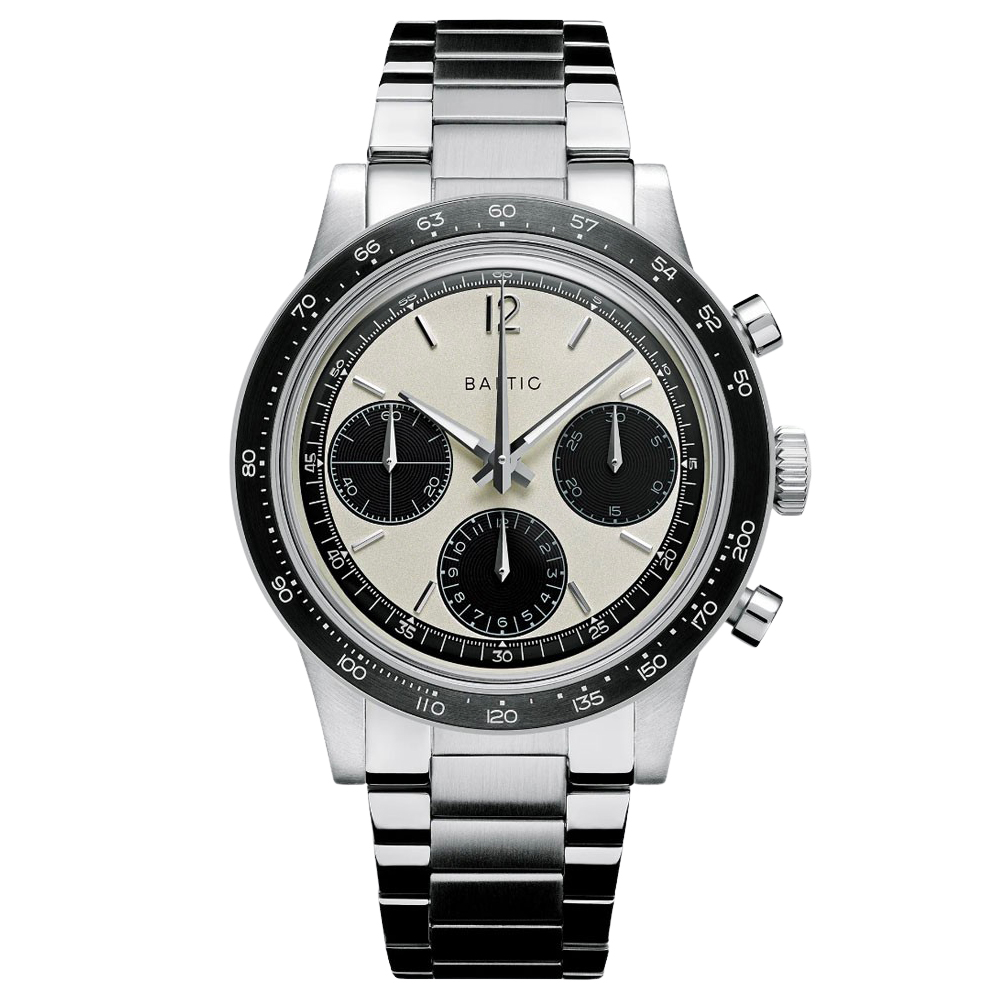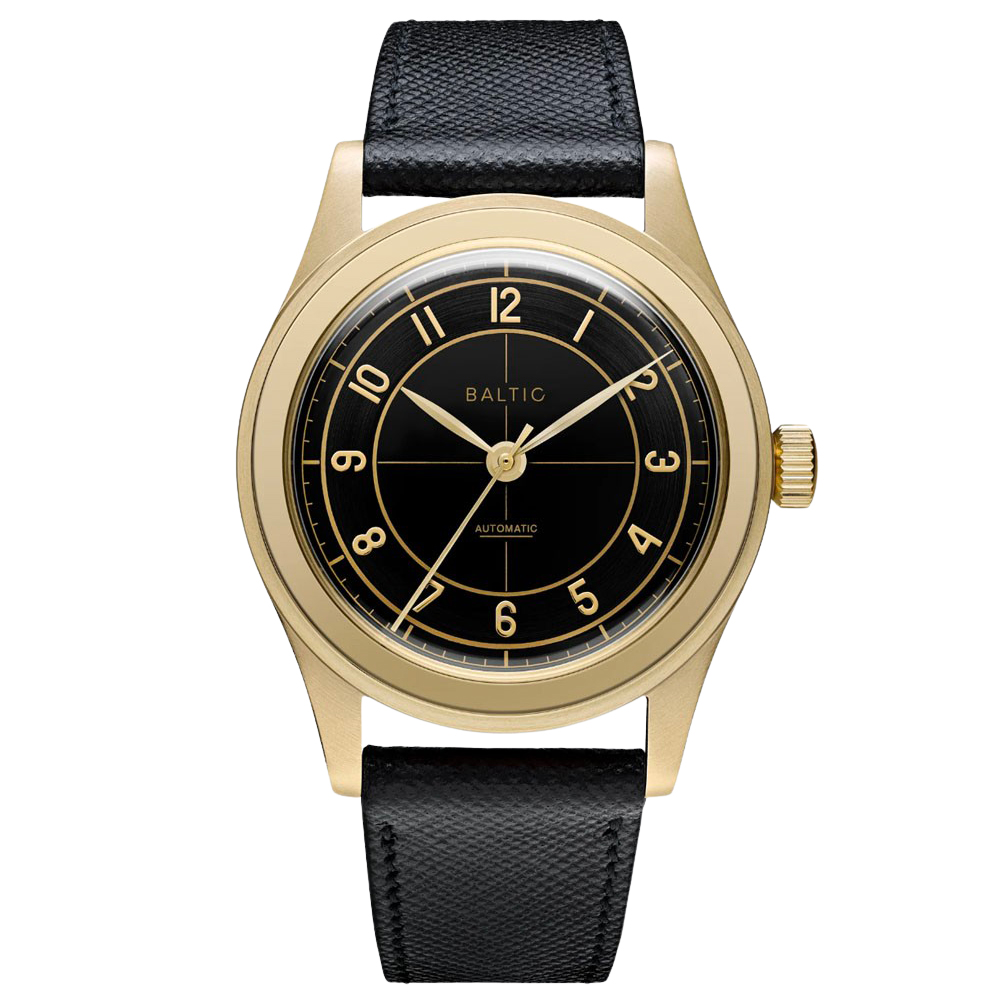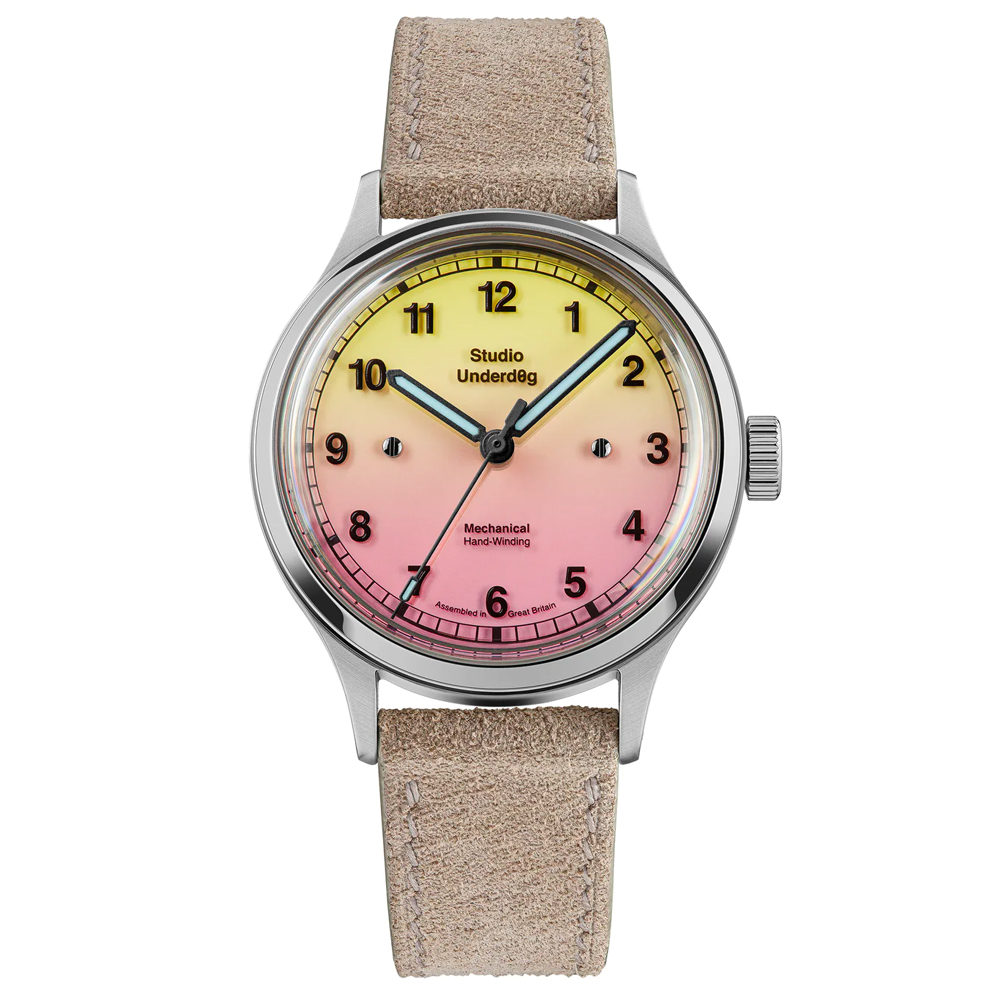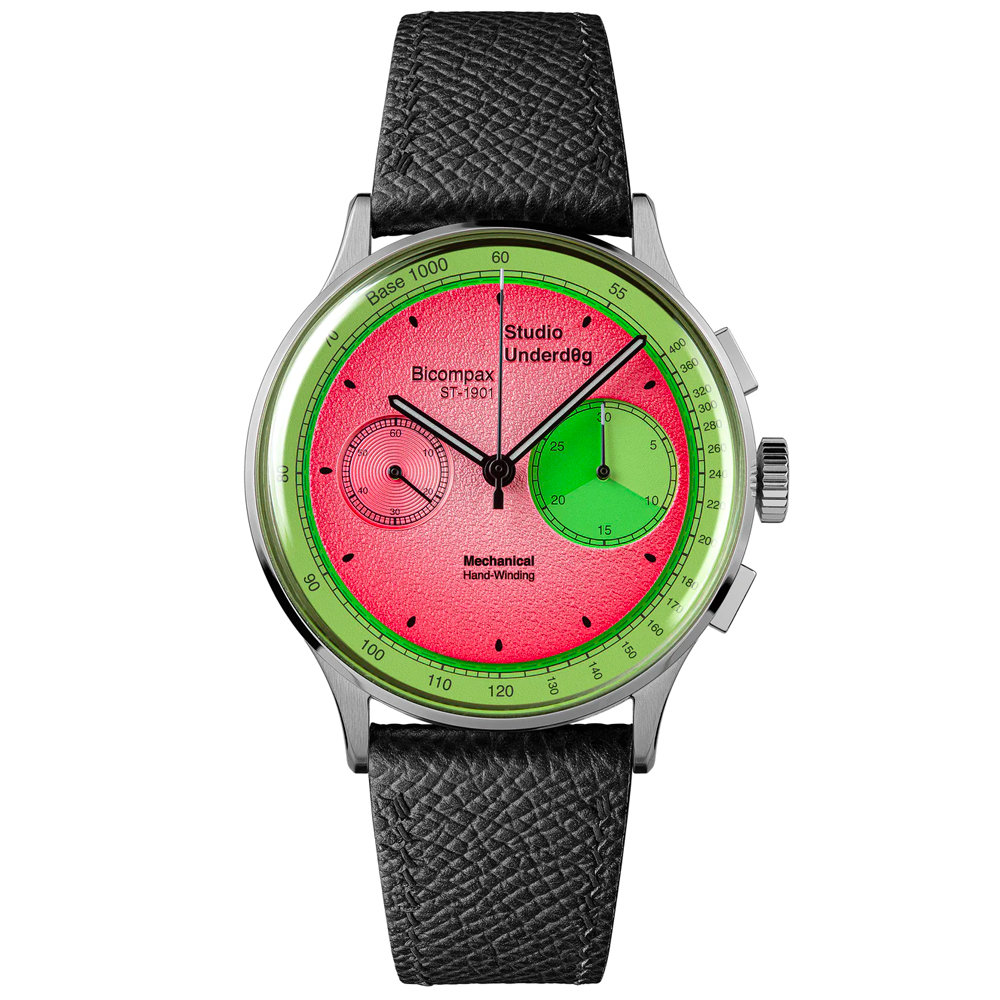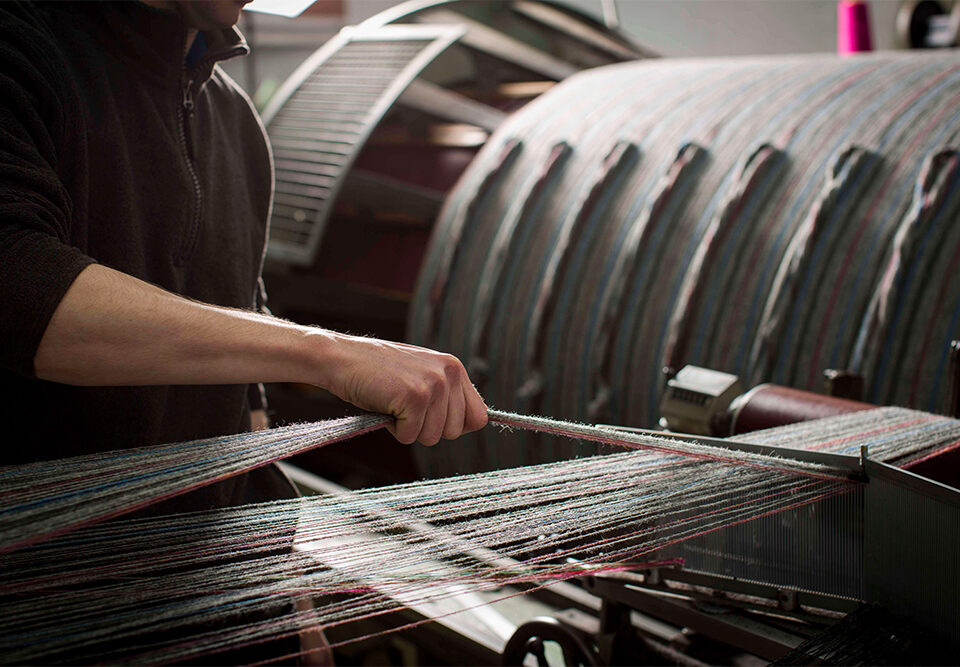
9 Gym Alternatives That Will Help You Get Fit In 2024
January 9, 2024
Affordable Hides: How To Buy A Genuine 100% Leather Jacket For Less
January 11, 2024Maybe a decade ago the idea that a decent mechanical watch could be either a serious investment or made by a company that wasn’t also a global brand would have been fantastical. Proper watchmaking was the preserve of mostly Swiss, historical companies who charged a pretty penny for their products – products that, aesthetically, rarely deviated from the tried and tested. Prices – often driven by the supposed need for huge advertising campaigns – demanded that they find as broad a market as possible, after all.
But what a difference a few years makes. Certainly, if the quartz crisis of the early 1970s caught the international big guns of the watch world napping then it looks as though they’re facing a similar challenge now, much as fashion giants are being undermined by the rise of often more intriguing independent labels with insider cachet.
It’s the internet, of course, that has made this possible. It means micro-brands can find an audience without that eye-watering advertising spend, without the need to produce in huge numbers or the 300% margins expected by jewellers. People will buy watches online now. It’s also a reflection of the fact that if those big guns once commanded access to the manufacturers of various crucial components, movements especially – and, for that matter, the technicians who could make the watches – now a more open market means these are much more available to anyone who wants to launch their own watch brand.
It’s chicken and egg, but the big guns have taken production in-house – making your own movement still comes with a certain cachet – so those component manufacturers are casting their net wider for business now too. ‘White label’ manufacturers have long been something of a dirty secret in Switzerland – now they’re coming in from the cold.
The result? A plethora of small, independent watch companies making proper watches – with sapphire crystal glass, automatic mechanical movements and the rest – but, crucially, also with an aesthetic somewhat outside of the mainstream. Indeed, they need their own distinct ‘look’ to compensate for their lack of brand power.
So, it has never been easier to find a watch that doesn’t toe either the classical, retro or obviously ‘luxury goods’ lines: there’s more colour, more shape and size variety, more quirkiness, even some fun. That’s all good for the watch world at large. Indeed, it’s easy to argue that the big guns have had to respond in kind and find a bolder, more distinctive design ethos themselves. Why else would Rolex release an ’emoji’ watch?
“In contrast [to the global players],” says Nicholas Bowman-Scargill, the managing director of Fears, one such ‘micro-brand’, “a small brand doesn’t have to design by committee. You can have personality. You can take risks. And that suits a younger generation that’s more open to not wearing what everyone else is wearing. Look at the gin business, for example, compared with a decade ago. The same is happening in watches.”
“What we’re seeing is, I think, what happened with streetwear brands in fashion – they were niche for a long time, undercutting the mainstream, before finally shaping it. That’s going to happen in watches.”
Giovanni Moro, co-founder of Unimatic
“For some of the high-end brands, it’s too easy to rely on that classic business model of luxury brand-building that served them so well in the last century. Some are trying to be more contemporary. But the fact is that there’s a consumer who’s just not into that dated concept of ‘luxury goods’ anymore,” says Moro.
That’s a consumer who, increasingly it seems, also regards their watch as part of a broader interest in design and art and contemporary culture. These days, after all, a watch isn’t really for telling the time. It now expresses not luxury, but cool perhaps. Sure, as solid and dependable as many micro-brand watches can be, they are not about buying into an heirloom. They’re about buying into the now.
Want to get on board the movement and find your next everyday timepiece? Check out the niche watchmakers below before they go mainstream.
8 Micro Watch Brands You Should Know
Unimatic
- Unimatic UC1
- Unimatic UC2
Watch enthusiasts Simone Nunziato and Giovanni Moro established Unimatic while studying industrial design in their native Milan in 2016.
The look of their watches is strictly minimalistic: matte finishes, concrete greys, with the blank bezelled Modello Uno dive watch set to be a future classic.
Check out their various collaborations – Nigel Cabourn, Massena Lab, even SpongeBob Squarepants – too.
Vertex
- Vertex The M100A
- Vertex MP45 Heritage A
Perhaps more a brand re-born, Vertex is the utilitarian watch company launched by Don Cochrane, whose grandfather Henry Lazarus was behind the development of the caliber 59 for the MOD during WW2 – what would become one of the so-called ‘Dirty Dozen’ of highly collectable military watches.
Fears
- Fears Brunswick 40 Copper Salmon
- Fears Brunswick 38 Boutique Edition
Fears’ first incarnation may date back to 1846, but Edwin Fear’s descendant Nicholas Bowman-Scargill – one-time apprentice watchmaker with Rolex – gave it new life in 2016, with an unwavering focus on a contemporary classic and somehow very English style.
That translates to cushion cases, pipette hands and the likes of champagne or salmon dials.
anOrdain
- AnOrdain Model 1 Iron Cream
- AnOrdain Model 2 Racing Green
This Scottish brand is winning a deserved reputation for its stand-out detail. While the cases and faces are simple enough, the hands are designed and finished in-house and dials are made from a lustrous enamel, opaque or fume (graduated light to dark from the centre).
They are the kind of details typically found only on much more expensive watches.
Serica
- Serica 6190 Commando
- Serica 8315 GMT
It’s the graphic simplicity of the French brand Serica’s watches that strikes you first – you’ll struggle to even find the company’s name on any of its dials.
Founders Gabriel Vachette and Jerome Burgert say they want people to focus on their timepieces as objects, not as status signifiers. There’s a definite mid-century feel to these field and dive watches.
Autodromo
- Autodromo group b
- Autodromo group b
Inspired by the dashboard dials of vintage sportscars – indeed, it pitches itself as “instruments for motoring” – Italian brand Autodromo launched in 2011 and has some of the boldest dial designs around.
Its blend of strong graphics and bold colour combos (think pink on turquoise or yellow on black) make its watches instantly recognisable. The Group B is another future classic.
Baltic
- Baltic Tricompax Panda
- Baltic HMS 002 Gold PVD Black
Founded in 2016 by Etienne Malec, Baltic – named in reference to Malec’s father’s roots on the north coast of Poland – has quickly become one of the more high-profile micro-brands. Why so? Baltic seems to have cornered the market for a more 1940-50s period style.
In other words, it offers the vintage watch, like its standout HMS001, that you can’t find as an actual vintage watch.
Studio Underd0g
- Studio Underd0g Pink Lem0nade
- Studio Underd0g Watermel0n Gen2
Any watch company that has the nerve to colour one of its models after watermelon (that is, in pink and vibrant green) and then fashion the indices after the pips gets our vote.
Mint Choc Chip is another inspiration. Gimmicky? Not at all. Founder Richard Benc’s Bicompax model is an otherwise classic hand-wound chronograph.

